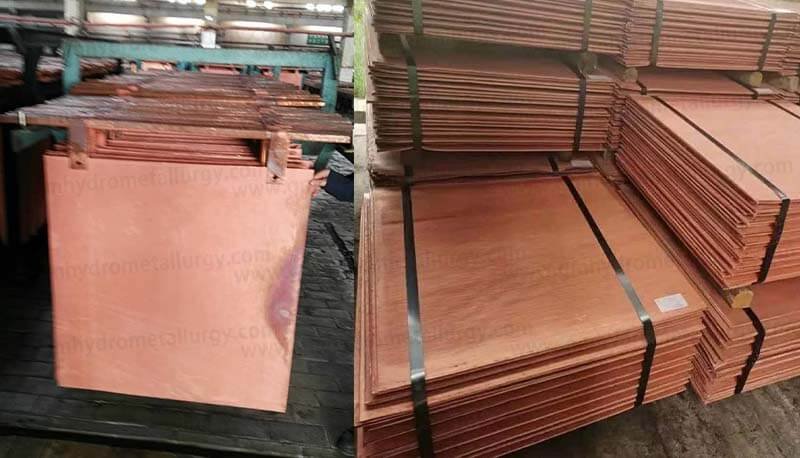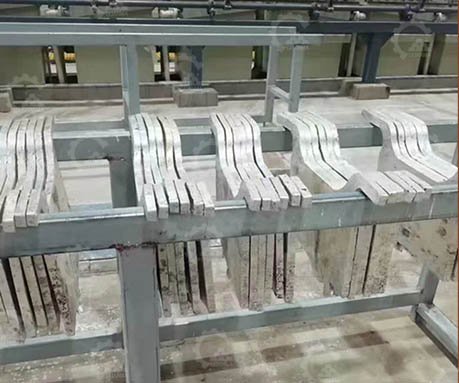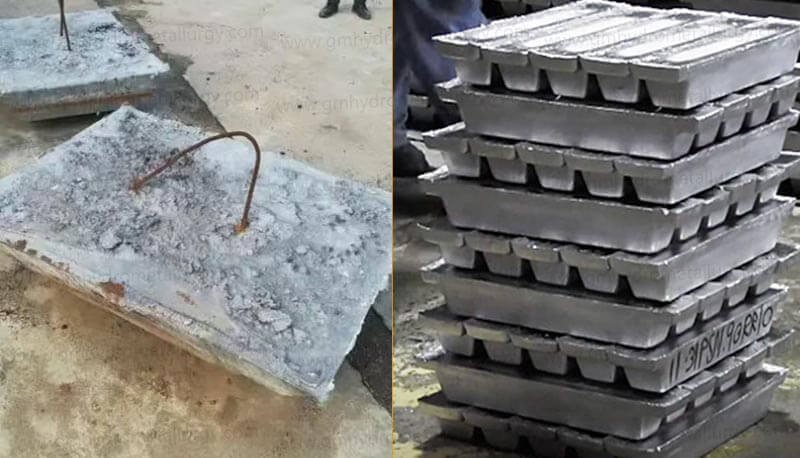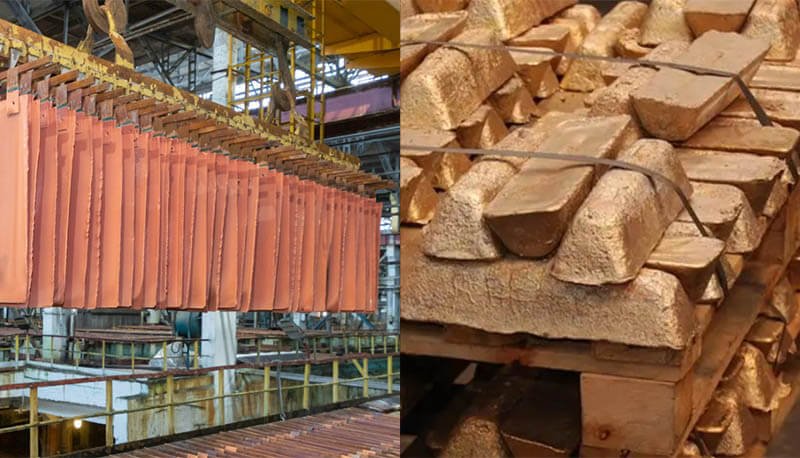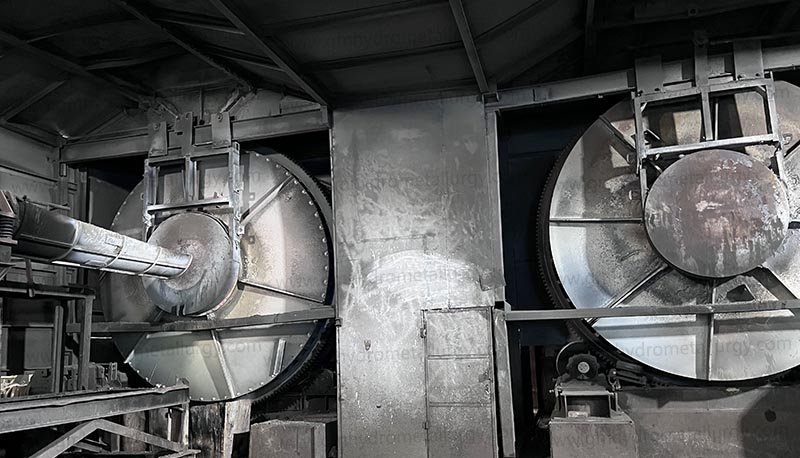Whether you’re sourcing copper for intricate electronics, silver for high-conductivity components, or gold for corrosion-resistant applications, electrolytic refining stands as the undisputed champion for delivering the ultra-high purity metals your processes require.
Electrolytic Refining Explained: Precision Purification
At its core, electrolytic refining is an electrochemical process used to purify crude metals extracted from ores or recycled scrap. It leverages the principles of electrolysis to separate the desired metal from virtually all impurities, including other valuable metals often present.
Here’s a simplified breakdown of how this industrial metal purification solution works:
1. The Anode
A slab of the impure metal (e.g., blister copper ~98-99% pure) is immersed in an electrolyte solution and acts as the anode (positive electrode).
2. The Electrolyte
A carefully formulated solution containing ions of the metal to be purified (e.g., copper sulfate solution for high-purity copper refining).
3. The Cathode
A thin starter sheet or blank of the very pure target metal acts as the cathode (negative electrode).
4. Applying Current
When direct electrical current (DC) is applied:
Metal atoms at the anode oxidize (lose electrons) and dissolve into the electrolyte as positive ions (e.g., Cu → Cu²⁺ + 2e⁻).
Simultaneously, metal ions (Cu²⁺) in the electrolyte migrate towards the cathode.
At the cathode, these ions gain electrons (reduction) and deposit as extremely pure metal atoms (Cu²⁺ + 2e⁻ → Cu).
5. Separation of Impurities
The “trick” lies in what doesn’t happen:
More noble metals (like gold, silver, platinum) present in the crude anode do not dissolve easily. They fall to the bottom of the cell as “anode slime,” a valuable by-product rich in precious metals, recovered through precious metal refining techniques.
Less noble impurities (like iron, zinc) do dissolve into the electrolyte but do not plate out onto the cathode under the carefully controlled conditions. They remain in the solution or are removed through electrolyte purification.
Why Electrolytic Refining is Non-Negotiable for Quality-Conscious Buyers
As a sourcing professional, you need metals that perform consistently. Electrolytic refining delivers unparalleled advantages:
Exceptional Purity (99.99%+): This is the gold standard (literally and figuratively). Ultra-high purity metal production is essential for applications where even trace impurities cause failures – think semiconductor wiring, aerospace components, medical devices, and high-efficiency electrical conductors.
Consistency & Reliability: The process is highly controlled, ensuring batch-to-batch uniformity you can depend on for your stringent production specifications.
Recovery of Valuable By-Products: The anode slime isn’t waste; it’s a concentrated source of precious metals like recovering silver from electrolysis or extracting gold via electrorefining, making the overall process more economical.
Versatility: While most famous for electrolytic refining of copper, it’s equally crucial for purifying nickel (nickel electrowinning purification), lead, tin, silver, and gold.
Partnering with the Right Electrolytic Refining Supplier
Choosing a supplier isn’t just about the metal; it’s about trusting their electrolytic refining technology and expertise. Look for partners who:
Demonstrate deep process knowledge and stringent quality control protocols.
Offer metals with certified purity levels (e.g., 99.99% Cu – Cu-CATH-1 grade).
Have robust capabilities for handling non-ferrous metal purification at scale.
Understand the specific needs of your industry, whether it’s high-conductivity copper for electronics or corrosion-resistant pure nickel.
When your applications demand absolute reliability, maximum conductivity, or perfect corrosion resistance, specifying metals purified through this advanced industrial electrorefining process is the smartest sourcing decision.



